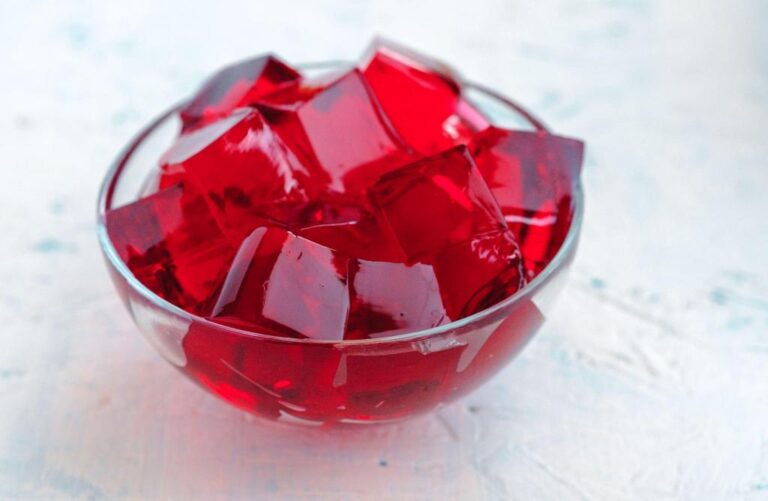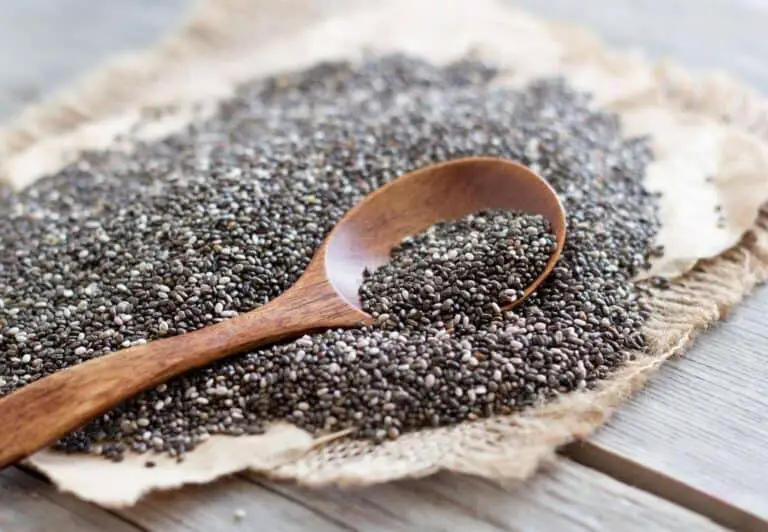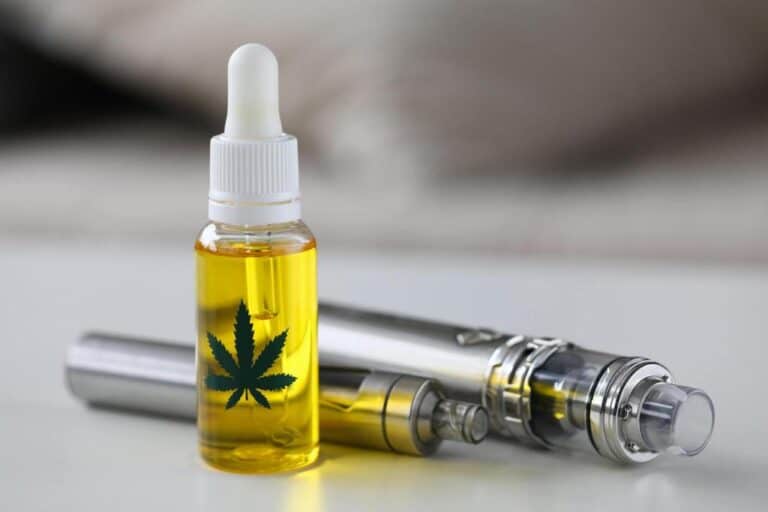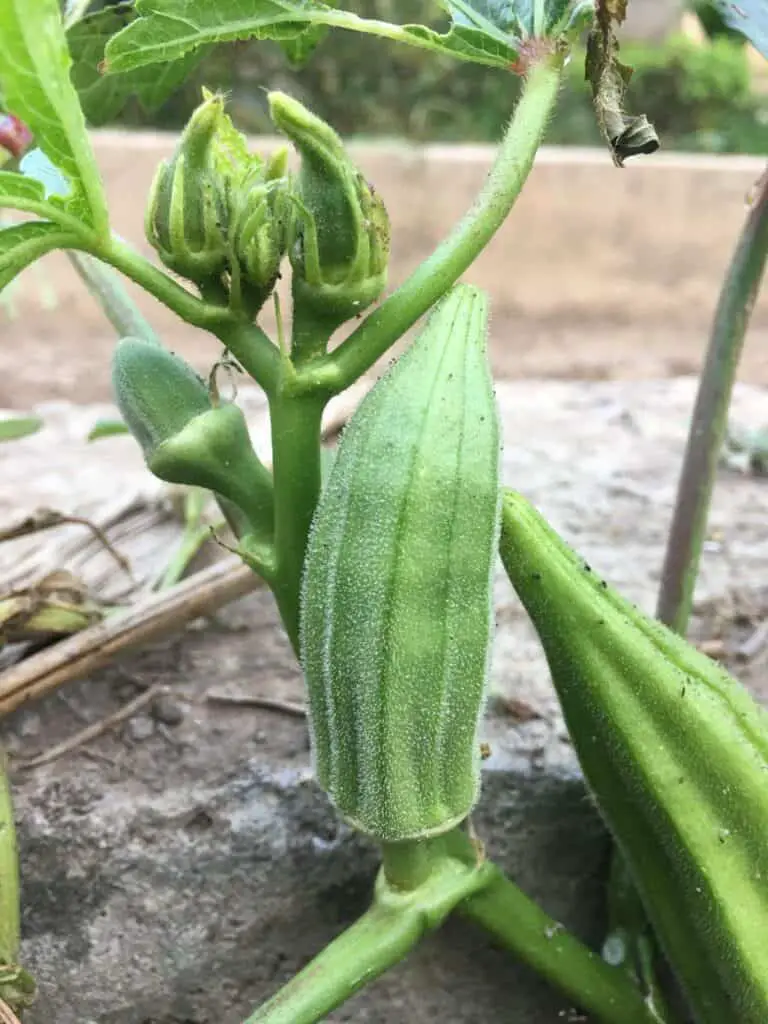Can You Reheat Haggis Twice? Does It Still Taste Good?
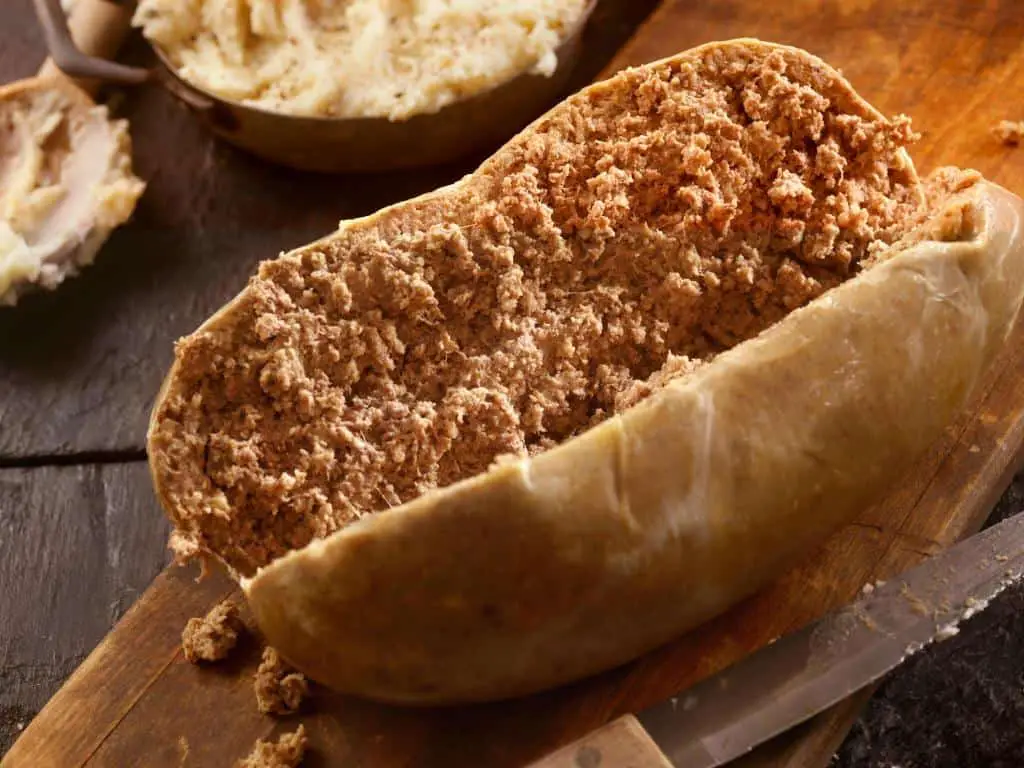
From its humble origins as a traditional Scottish dish, haggis has happily made its way onto the plates of food enthusiasts around the world. Haggis is a beloved delicacy.
It’s a savory combination of minced sheep’s heart, liver, and lungs, mixed with oatmeal and spices, and encased in a sheep’s stomach lining. It has stood the test of time. Its unique blend of flavors and textures makes it an irresistible treat for those who have ventured to try it.
However, as any passionate haggis lover knows all too well, this delightful dish can sometimes leave us with leftovers. This begs the question: Can you reheat haggis twice? It’s a valid concern; we want to ensure both our safety and satisfaction when revisiting this delectable dish.
In this article, we will dive into the details. We’ll provide expert insights on whether reheating haggis multiple times is advisable.
So if you’ve ever found yourself staring at last night’s remaining servings of haggis and wondering about their fate, fear not! We’ll explore everything from food safety guidelines to potential taste implications.
Basics of Haggis: What Makes It So Popular?
Haggis, a traditional Scottish dish, has captured hearts and taste buds worldwide. Its versatility is evident in various recipes and adaptations. It is used in traditional Burns Night celebrations and contemporary fusion dishes. Its popularity lies in a harmonious blend of ingredients that creates a unique and flavorful experience. Let’s delve into the basics that make haggis an enduring culinary sensation.
Haggis’s magic begins with its ingredients—a mix of sheep’s heart, liver, and lungs, combined with oats, onions, and spices. When done right, this mix of flavors makes a dish that is greater than the sum of its parts. Organ meats, oats, and aromatic spices all work together to make a flavor that is both hearty and complex.
Beyond its taste, haggis boasts a distinctive texture. The oats provide a subtle graininess, while the organ meats contribute a hearty and robust mouthfeel. In general, it looks better, and the mix of textures makes every bite fun and memorable.
Can You Reheat Haggis Twice and Still Taste Good?

It is generally not recommended to reheat haggis more than once. Haggis is already cooked when it is purchased, so reheating it twice without cooking it again in between is not recommended.
There are no limits to how many times you can safely reheat leftover home-cooked meals. However, the Food Standards Agency recommends that food be reheated only once.
Reheating food more than once can affect the taste, texture, and sometimes the nutritional quality of foods. Therefore, it is best to reheat haggis only once and consume it immediately after reheating.
Understanding Food Safety Concerns
When it comes to reheating haggis or any cooked meat product, understanding food safety guidelines is crucial. The United States Department of Agriculture (USDA) recommends that cooked leftovers, including haggis, should be consumed within 3–4 days. This timeline ensures that the food remains fresh and reduces the risk of potential contamination.
One of the primary concerns with reheating haggis multiple times is the potential for bacterial growth. When cooked food is left at room temperature for an extended period or improperly stored in the refrigerator, harmful bacteria such as Salmonella or E. coli can multiply rapidly. These bacteria can cause foodborne illnesses and pose a significant risk to your health.
To minimize these risks, it’s important to follow appropriate food handling guidelines. After preparing your haggis meal, promptly refrigerate any leftovers. Seal them in airtight containers once they have cooled down. You need to reheat your haggis thoroughly before consuming it again; this helps kill off any harmful pathogens that may have developed during storage.
Can You Reheat Haggis?
When it comes to reheating haggis, there are a few key considerations to keep in mind before diving into that second helping. Firstly, it is generally safe to reheat cooked haggis once, as long as proper food safety guidelines are followed.
The ingredients used in haggis typically include cooked meats and grains. If not stored correctly or reheated improperly, they can be susceptible to bacterial growth.
To ensure the safety of your reheated haggis, it is crucial to store any leftover portions promptly and properly. Refrigerate the haggis within two hours of cooking and transfer them into shallow containers for faster cooling. When ready for reheating, make sure the internal temperature reaches 165°F (74°C) throughout the dish to kill off any potential bacteria.
Each time you reheat leftovers, the risk of bacterial growth increases significantly. Additionally, constant heating and cooling cycles can affect both texture and flavor profiles negatively.
Reheating Haggis Twice: Is It Safe?
While reheating haggis once is generally considered safe, what about giving it a second go? Here’s where things get a bit more complicated. It is generally not recommended to reheat haggis multiple times. This is due to concerns over food safety and taste quality deterioration.
To better understand these concerns, we turn to expert opinions. We also look at scientific studies on bacterial growth during repeated heating cycles. Dr. Mary Johnston from the Food Standards Agency Scotland warns that each time you reheat food like haggis, you create conditions that could lead to increased bacterial growth if not handled properly.
This means that if your haggis wasn’t cooked thoroughly initially or hadn’t been refrigerated immediately after cooling down, there’s a higher chance of harmful bacteria surviving through the first round of reheating and multiplying during subsequent rounds.
| Related: Can You Reheat Gravy Twice? |
Does Reheating Haggis Affect Its Taste?
Reheating haggis can have a slight impact on its taste and texture, but with proper techniques, you can minimize any negative effects. The main concern when reheating haggis is that it may become dry or lose some of its original flavors. However, there are ways to preserve the deliciousness of this traditional Scottish dish.
To minimize the impact on taste, you need to reheat haggis gently and avoid prolonged exposure to high heat. Excessive heating can lead to drying out the meat and making it tough. Instead, opt for gentle reheating methods like steaming or microwaving with a damp paper towel over the top to help retain moisture.
Another way to enhance the flavor while reheating is by adding a touch of liquid, such as chicken or beef broth. This not only helps in maintaining moisture but also infuses additional flavor into the haggis as it warms up again. Be cautious not to add too much liquid, though, as you want your haggis to maintain its unique taste profile without being overly diluted.
Lastly, consider serving reheated haggis alongside fresh accompaniments. For example, mashed potatoes or roasted vegetables. These contrasting flavors and textures can help ward off any potential reheating dullness.
Quote: The key is being mindful of how you reheat your haggis—slow and steady wins the race. – Chef Cameron MacDonald |
How to Reheat Haggis and Maintain Its Taste
Reheating haggis can be an art, ensuring the retention of its unique taste and texture. Whether you have leftovers or are planning ahead, mastering the reheating process is key to savoring haggis at its best.
Reheating Methods
Several methods can be employed to reheat haggis, each with its own merits.
| Method | Description |
| Microwave | The microwave method is quick and convenient. It involves short intervals and careful stirring for even heating. |
| Oven | The oven method is slower but more controlled. It requires preheating and occasional checks to prevent overcooking. |
| Stovetop | Using a non-stick pan on low to medium heat, this method involves a splash of water to maintain moisture. Stirring ensures even reheating. |
Temperature Control
When reheating previously warmed haggis, be mindful of temperature control throughout the process. It is recommended to use either a microwave or stovetop method for reheating.
If using a microwave, cover the dish loosely with a lid or microwave-safe wrap to prevent spattering but allow steam to escape. Heat in short intervals of 30 seconds at medium-high power levels until thoroughly heated throughout.
If you prefer stovetop reheating, heat your haggis gently over low-medium heat in a saucepan. Add a splash of water or broth to retain moisture.
Whatever method you choose, make sure the internal temperature of your haggis reaches at least 165°F (74°C) before you consider it safe to eat. Use an instant-read thermometer inserted into different sections of the dish, as thicker parts may take longer to warm up fully.
Food Safety Tips Ensuring the safety of reheated haggis is paramount. Adhere to recommended storage times, avoid leaving haggis at room temperature, and follow food safety guidelines to prevent any risks. |
Taste Preservation
The magic happens when reheating is done right. Reheated haggis can be just as tasty as the first serving if the spices are kept, the texture is kept, and the ingredients work well together. As long as you follow these steps, the taste of haggis will remain a culinary masterpiece every time you reheat it.
| Also see: Can You Reheat Meatballs Twice Without Compromising Safety or Taste? |
Conclusion
In conclusion, be cautious when reheating haggis multiple times. This is due to both food safety concerns and the potential degradation of taste and texture. It is generally safe to reheat leftover haggis once. However, to minimize the risk of bacterial growth, avoid reheating it multiple times.
From a taste perspective, haggis is known for its rich and complex flavors that can be compromised if reheated too many times. The repeated exposure to high temperatures can cause the ingredients to become dry or overcooked, resulting in a less enjoyable eating experience. It’s always best to enjoy haggis fresh or limit reheating to preserve its unique qualities.
Therefore, our key takeaway regarding reheating haggis multiple times is this: exercise caution when doing so. Reheating leftovers once within 24 hours is generally safe as long as they are heated thoroughly throughout. However, for optimal taste and quality, it’s recommended not to reheat haggis more than once.
Good hygiene and proper storage contribute significantly to the safety and freshness of any food item. If you’re unsure about the safety of your leftovers or how many times you’ve reheated them, trust your instincts. You can also ask a culinary expert for guidance.


